The School of Advanced Materials (SAM) has been making huge contributions to scientific research this year. In February, SAM made significant progress in the cobalt-free layered cathode materials for lithium batteries. In March, they made a breakthrough in the construction of a knowledge map of materials. In April, they further accelerated the exploration of the law of material structures based on topological mathematics and machine learning. The Green Energy Research and Development Center, which is behind these achievements, is one representative of the spectacular work being done within SAM.
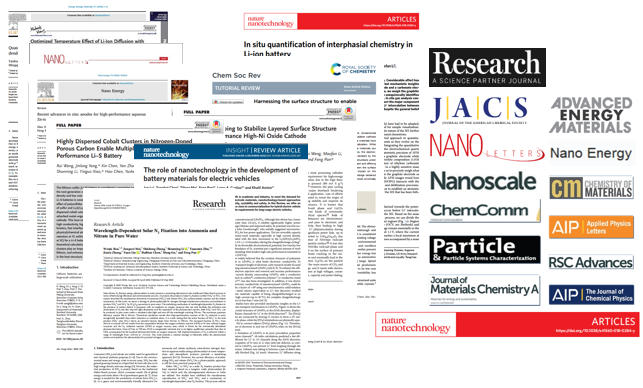

Research achievements
SAM focuses on the construction of the advanced materials discipline based on material genomes. It undertakes major national projects, provincial-level research and developmental projects, as well as municipal-level major projects, carrying out targeted academic research that has been published in top journals. The school has established well-equipped laboratories, for instance the International Joint Research Center for “Power battery and materials of electric vehicle,”; the national-level Guangdong Key Laboratory of “New energy materials design and calculation,” the Shenzhen Key Laboratory of “Genome preparation and detection of new energy materials,” the Engineering Laboratory of “Nano photoelectric printing materials” and the Engineering Technology Research Center of "OLED key materials and devices."
The Green Energy Research and Development Center has four research directions, including the new paradigm of materials research through material genomes, as well as the popular and difficult area of structural ordering and the dynamic evolution of battery materials. The team focuses on the frontiers and future trends of the field of advanced materials. They aim to develop high-performance lithium-ion batteries and explore new mechanisms of energy conversion in order to discover the best way for energy storage and make efficient use of clean energy.

Research directions of the Green Energy Research and Development Center
Efforts in scientific research
The center has achieved fruitful results. Professor Pan Feng (潘锋), the leader of the research group, has earned a place on the list of "China's highly cited scholars" for five consecutive years (2015-2020), and received the Outstanding Research Award from the International Association of Lithium Batteries for Electric Vehicles (IALB) in 2016 and the Technology Award in the field of batteries from the Electrochemical Society of America (ECS) in 2018. The work of the research group on “Basic scientific research on structure and performance of electric vehicle power battery materials” won the First Prize of Shenzhen Natural Science in 2018. The paper “In situ quantification of interphasial chemistry in Li ion battery” published in Nature nanotechnology was selected as one of "China's 100 Most Influential International Academic Papers" in 2019.
The laboratories
As everybody knows, sharp tools make good work. Advanced scientific research equipment is essential for experimental science. SAM has a number of large-scale instruments for evaluating materials, including a transmission electron microscope (TEM), focused ion beam (FIB), scanning electron microscope (SEM) and a complete experimental verification pipeline and pilot production line. This setup provides perfect support services for scientific research. Also, SAM has a high-performance computing and database platform and maintains close cooperation with the National Supercomputing Center of Shenzhen. Moreover, the materials testing equipment not only meet internal research needs, but also allows for some public use, helping many partner units and enterprises verify new materials, new processes and new solar cell products. Most importantly, SAM has sustained long-term connections with the Southern University of Science and Technology, Harbin Institute of Technology (Shenzhen), Tsinghua University Shenzhen International Graduate School, Shenzhen University, and other nearby colleges and universities, to acquire external revenue for maintenance and expenditures and promote the mutual enhancement and optimization of equipment.
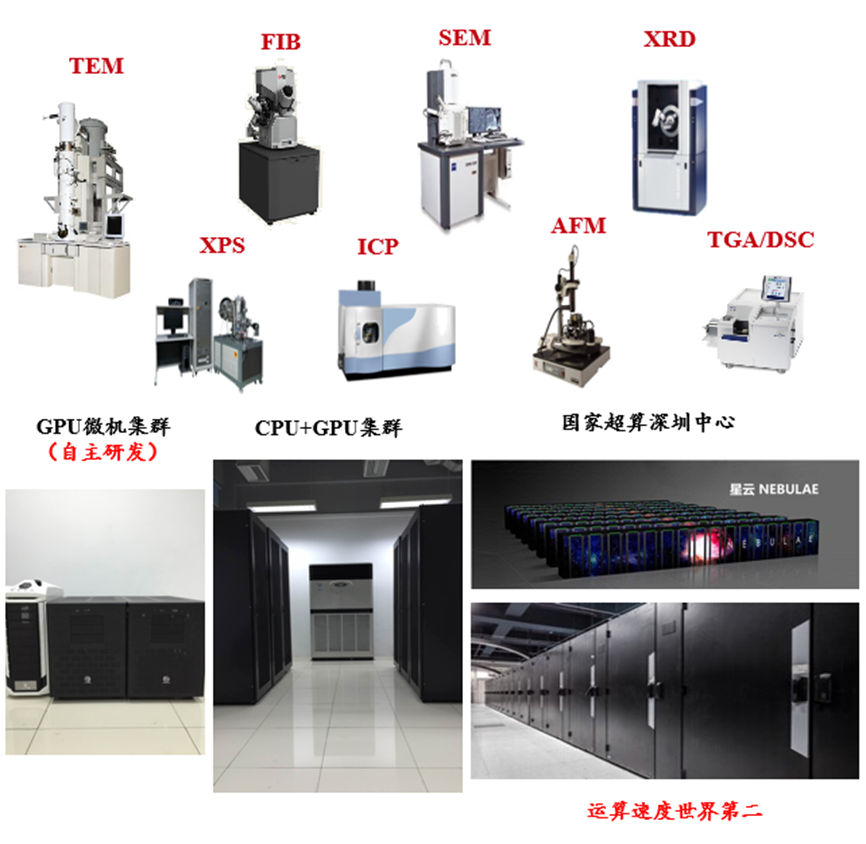
Research equipment and platform
The transmission electron microscope (TEM) is the most expensive instrument in SAM. It performs many of the functions required for materials testing, and its configuration is one of the most highly advanced in China. The core function of TEM is to collect precise data, thus its camera is the most crucial part. Mr. Zhao, the engineer who is responsible for the maintenance of TEM, told us that this TEM data acquisition system is the best TEM camera on the current market, showing us a high acquisition rate reaching 300 pictures per second and allowing the dynamic observation of the rapid changes of materials. This camera also can provide the highest pixels, reaching 4K*4K and the resolution near 0.1nm.
The engineering team is young and full of energy. They are basically on call for work. “The equipment is definitely in use during the working time and will not stop working even if during the non-working time. Colleagues and students will fill up the gaps when the machine is free.” said Mr. Weng, an engineer in charge of the test statistics, charging and contract approval. “Every engineer has a strong sense of responsibility and is in charge of specific machines. Whenever there is a problem with the instrument, we will solve it in short time. Each piece of equipment is labelled with the phone number of the engineer in charge. People can call us if there are any problems. If the problems could not be solved through a simple phone call, we will then come to the scene.”

TEM
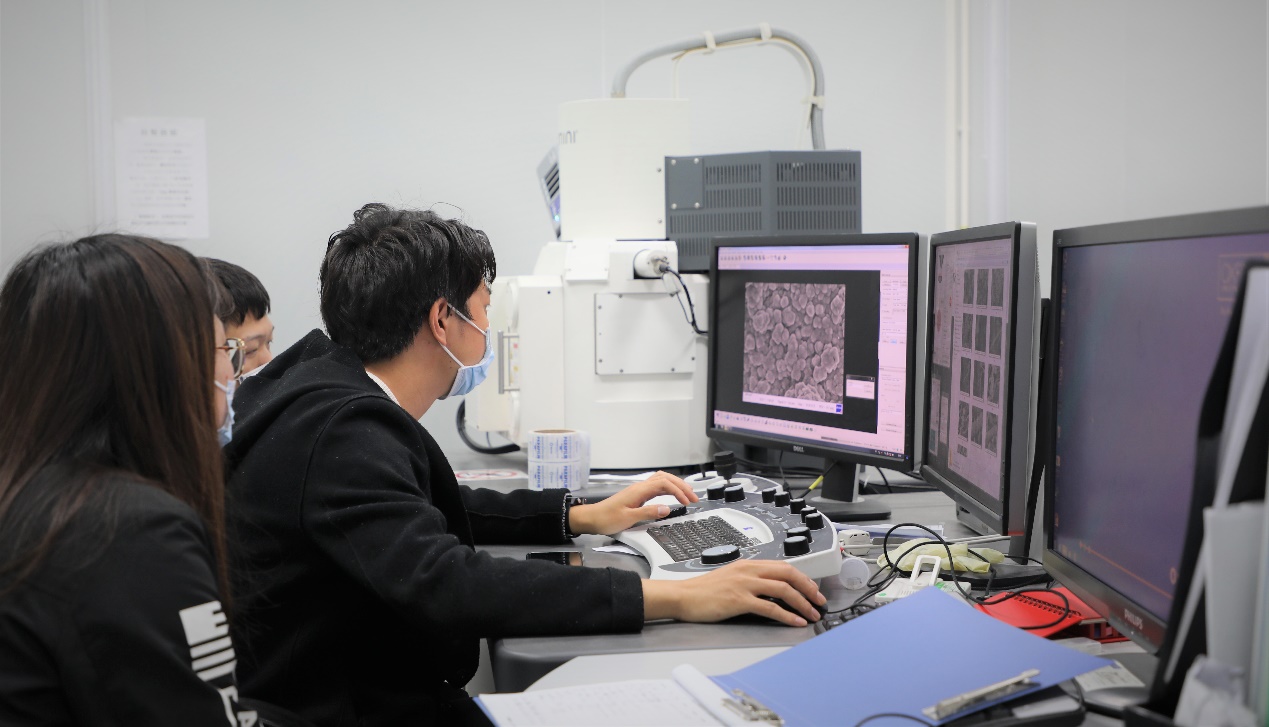
TEM testing
The engineers in the testing center are mainly responsible for daily equipment maintenance, student training and other duties as necessary. It seems that they work from 9 a.m. to 5 p.m. In fact, unexpected situations will frequently extend their working time to 9 p.m. Occasionally, some company samples have problems or some articles are under review and revision. If the production line stops, the loss will be great. Therefore, engineers usually arrange to be on call immediately after they get the samples, whether it is Saturday or Sunday. Besides, after some training courses, students can practice using the equipment to do their own tests after the normal working hours, such as holidays or evenings. If there is an error reported, some students will call the engineers maybe at midnight or much later. Generally, the engineers will reply. “We hope that the users can give us feedback as soon as possible in order to avoid the latent problems and exacerbating the existing problem. If not, the next user may not know the occurring situation. For the sake of the instrument and personal safety, we request and hope the users to report and find us to solve the problems immediately.”
Engineers ensure the experimental quality while teachers and students dedicate their days and nights to papers. “The quota for PhD enrolment is very limited, thus everyone who successfully joined Professor Pan’s lab has a sense of mission. Prof. Pan does not set a strict requirement for the working hours in our lab, but we need to be very self-disciplined if we would like to still participate in scientific research in the future,” Mr. Yang, a PhD candidate who is about to graduate said. “In fact, everybody’s working and resting habit is different, but we would stay in the lab apart from leisure time. To cite me as an example, I am used to going to bed early and getting up early, being here almost before 9 a.m. and leaving after 10 p.m. However, many lab mates might do basically round the clock studying and doing experiments. They might wish to have 26 hours a day.”
Although there are no strict requirements, the students in the laboratory usually arrive at about 9 a.m. to ensure at least 10 working hours in the lab every day. “All first-years will take the courses first and at the same time receive lab safety training, including the use of instruments, chemical synthesis operation, maintenance of instruments and safety specifications. Only after passing the examination can we carry out some projects under the guidance of postdoctoral fellows or teachers.” When we asked how to balance the relationship between taking courses and doing experiments, Mr. Ji who joined SAM in 2019, recommended doctoral students and some master's students have an integrated conception of the balance. “Taking courses and doing experiments are continuing simultaneously, we need to balance and coordinate the time for them. When we have no classes, we do experiments. The living status in the lab is mainly focusing on experiments, courses help us to learn and study but we cannot sacrifice the experiments for classes.”
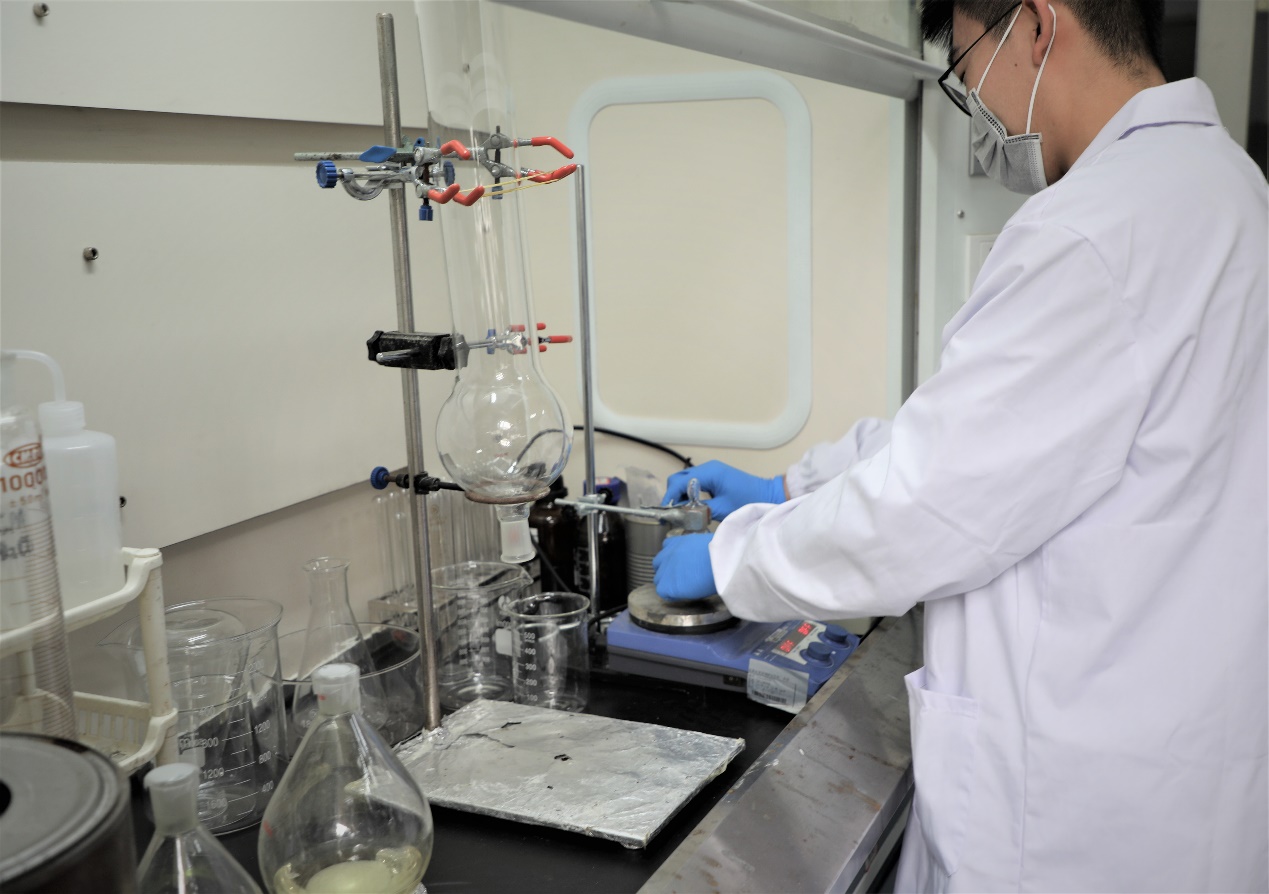
Organic synthesis

Assembling button battery
“The whole process of scientific research needs flexible coordination, rather than arranging the things in a fixed time like unsophisticated machinery.” For some discontinuous experiments, such as chemical reactions under the given conditions, after operating the experimental steps and setting the time, the students in the lab will go to the office to look for inspiration, sort out data and exchange some business knowledge. On the other hand, in some in situ experiments, students will closely observe every second to record the occurring micro-phenomenon. They cannot miss any details during the experiment and have to adjust the parameters at any time. Leaving might cause the failure of the whole experiment. Every student devotes all their energy to scientific research.
Spreading knowledge and solving problems
“In fact, Prof. Pan is also a role model for us and devotes 90% of his energy to scientific research. So under his guidance, we put our energy into learning at our own initiative.” By interviewing the students, we found that the leading role of teachers and senior fellows is always mentioned. Prof. Pan’s addiction to research work, his enthusiasm for work and even his way of thinking and problem-solving, creates subtle impacts on his students. "I think the way my supervisor thinks about problems is different from students. Many of us only try very superficially on experiments or make a little transformation from learning the literature. But Prof. Pan considers from the atomic and molecular level in order to designs new experimental schemes to solve problems." Many students cannot find the key information from the experimental data, but Prof. Pan can always grasp the critical points of the problem. This is a common phenomenon in all his leading groups, “Prof. Pan proposed a certain direction for students, but they may have thought that it is different from what was mentioned in the literature and even put it on hold due to the experimental difficulties. Soon after, many high-quality articles were published and coincidently matched what Mr. Pan had thought, but we were not capable of achieving it. So we think that Prof. Pan has much greater depth and breadth of thinking than students.”
As everybody knows, teachers transmit wisdom, impart knowledge and resolve doubts. Mr. Yang, a full-time research fellow who joined SAM in March 2016, starts his ordinary day with progress reports from students. “There will be a specific project for every student. Every morning, the students will report their progress, and then we will provide some guidance for them. If there is any problem during the experimental process, we will give suggestions for it. If they really get stuck, we will go together with them.” It's like a smooth sailing ship, the students will start by going in the proposed direction. When there is a problem, the teacher will find out the solution with the students, adjust the sailing direction, and keep moving forward. “Even if we can't make it on campus, we can find some other test methods or preparation processes for students off campus.”
There is also frequent communication and exchange between students who focus on different research directions. Every week, the leaders of different direction groups will make a report on the recent work and every month there will be a large lab meeting. Students can communicate with each other and draw inspiration and some experimental methods from others. More often, there is a lot of communication within various research groups, which are quite familiar with each other’s work. When the students require help, they can directly find the corresponding person for help on small problems. When the problem cannot be solved through private help and great coordination is needed, group leaders will coordinate with each other.
Apart from the problem solving from teachers, the academic atmosphere created by predecessors is one of the characteristics of Pan’s group. Everyone here is working hard for a better lab, and this spirit of dedication has endured for many years. Mr. Song, a 2018 PhD candidate working at PKUSZ for the third year, talked about his most unforgettable experience in the lab. His senior fellow apprentice took the initiative to undertake some maintenance work of instruments when Mr. Song was doing his graduation project, “On one occasion, the fan of the college's fume hood broke down, and the maintenance engineer was very busy at that time. The senior fellow contacted the engineer and asked for remote guidance. Then he surprisingly repaired the fan. Although this is not the job of the students, he could still take the initiative to maintain the normal operation of our lab, which I thought was very profound.” After Mr. Song’s senior fellow went to the UK for postdoctoral training, Mr. Song took over the maintenance work for the fan, oil pump and other instruments in the lab.
As a full-time postdoctoral fellow, Dr. Qin's daily work is the same as that of the students, experimenting to solve key fundamental scientific questions in the field and creating high-quality articles. “I will sum up the student’s work from a postdoctoral view then report to the supervisor and play the role of the bridge between them,” he said. A postdoctoral fellow, who has received doctoral training, will have strict scientific logic and strong writing ability, so they can also contribute their ideas and experience to junior students. Due to the leadership from predecessors, SAM is constantly outputting high-quality articles.
Transforming knowledge to products
On April 10, 2021, in a lecture at PKUSZ, academician Liu Zhongfan, director of the Research Center of Nanoscience and Technology of Peking University, encouraged scientific researchers to find the right direction and persevere to create useful things that could be written in textbooks, or to breakthrough the "bottleneck" with the "craftsman spirit" in order to implement the transformation for industrial application. He gave the audience a mission: "to do something really useful, something that can either be put on the bookshelf or the goods shelf.”
In the Green Energy Research and Development Center of SAM, while being responsible for scientific research achievements, postdoctoral fellows also need to undertake the major task of industrialization and be responsible for docking with enterprises and transforming scientific achievements into products. They have to land high-quality articles and integrate some complex mechanisms, newly discovered materials and new technologies for further transformation of knowledge to practical products that can promote the development of the society and realize the transformation from bookshelves to goods shelves.
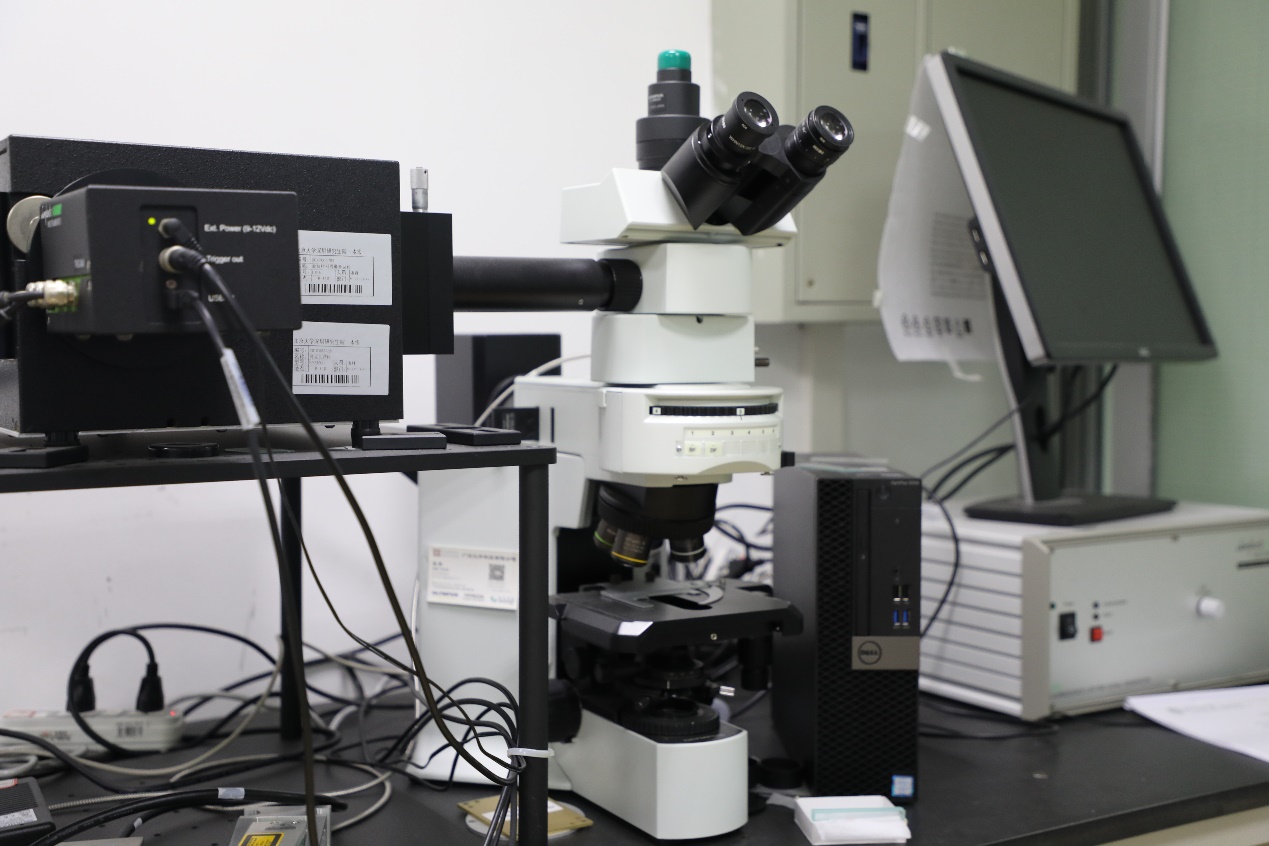
Ultrafast material imaging
Energy conservation and clean energy systems are the core research directions of SAM. The school carries out fundamental research on the integration of atom, energy, information and life in order to realize multi-disciplinary research and the innovation of new advanced materials, new energy and new information technology. Taking industrialization as the scientific research development goal, the school explores a new industry-university research mode inspired by technical bottlenecks and the scientific research demands of industrialization. SAM is striving to become the hub and support platform for fundamental research and the application of new energy and key materials to help realize the goals of "building a global innovation plateau" for the Greater Bay Area and enhancing the pioneering and innovative ability of China's materials science and industry.
Prof. Pan Feng believes that materials are the foundation and technology is the key. From fundamental research to application, collaborative innovation needs high-level professional and engineering technology talents. In the field of materials and chemical industry, the research directions should focus on intelligent functional materials, integrated materials and devices, as well as green processes of material preparation and utilization. It is necessary to work closely with local enterprises to cultivate professional talents and to closely correspond with technology application opportunities.
Under the application framework, all basic research is demand-oriented. Mr. Zhang, who has worked at SAM for around 5 years, describes his personal feelings like this: "Because our research group is relatively new, I think the progress of our research group in recent years is very huge. No matter from articles or scientific knowledge, including gradually progressing industrialization, the speed of progress is evident. I'm also very happy to witness such a process."
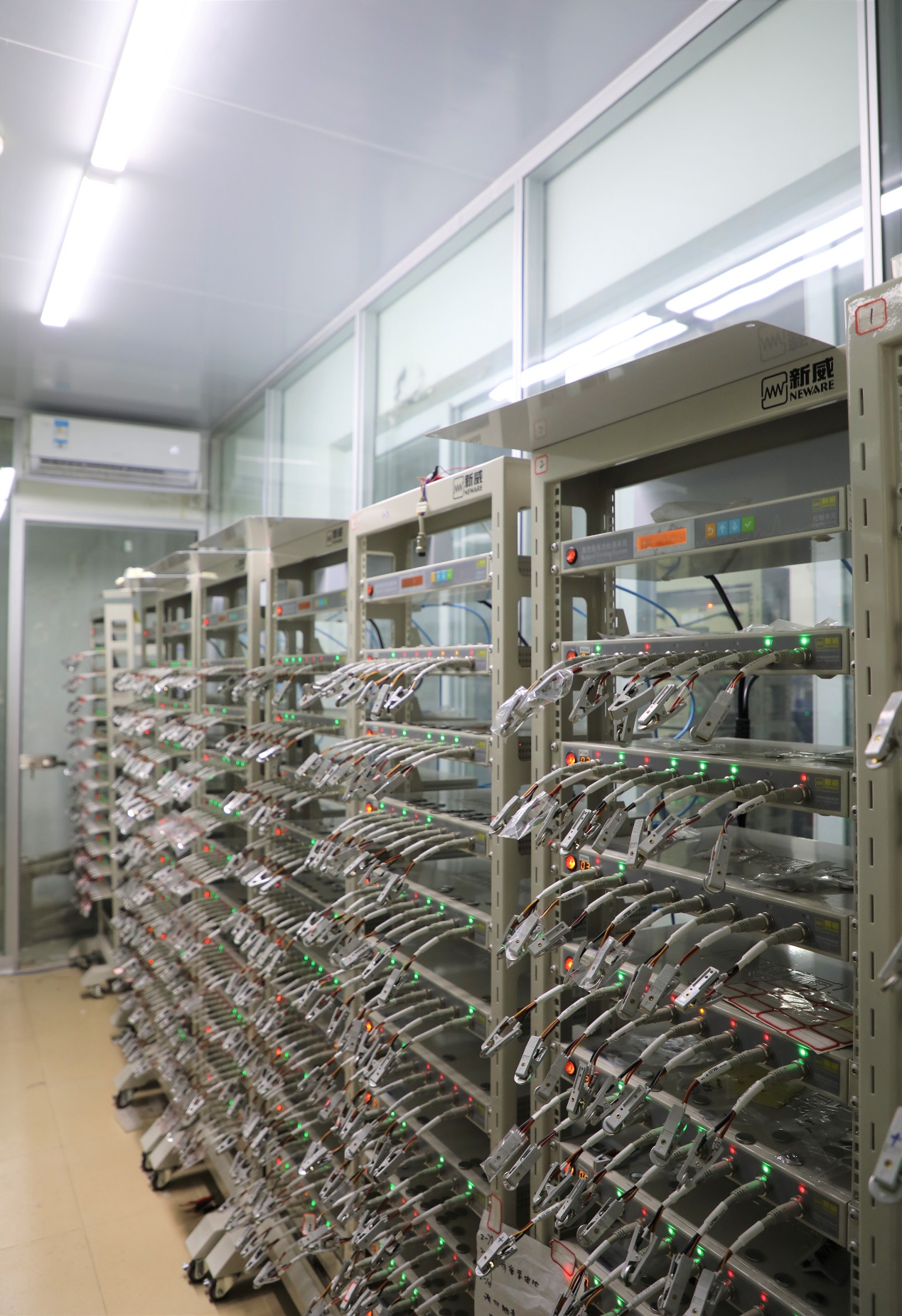
Laboratory for testing lithium batteries
Completing a person’s personality starts with sports
Cai Yuanpei, a famous former president of Peking University, advocated "Completing a person’s personality starts with sports." The life of laboratory students mainly focuses in scientific research, but it is not limited to scientific research. SAM organizes running activities every day. After running a specified number of kilometers, you can get a bottle of yogurt. Running activities have been carried out for two years. The goal for the activities is to advocate for high-intensity scientific research work to be done on the foundation of having energy and a healthy body and mind. The students told us that Prof. Pan also advocates for the cultivation of good physical fitness as a means of being able to carry out scientific research more efficiently. Prof. Pan’s lab will also organize some quality team-building activities, such as rock climbing, hiking and camping, to enhance the friendship between the students and provide a chance for relaxation to offset the high intensity scientific work.
United efforts create the future
SAM not only pays attention to the cultivation of practical abilities, but also to strengthening the school through enterprise linkage training mechanisms. SAM is deeply rooted in the Guangdong-Hong Kong-Macau Greater Bay Area in terms of personnel transportation and technology research and cooperating with companies like Huawei, China Star Optoelectronics, Sunwoda, BTR, OPPO, ZTE, etc., in order to promote comprehensive development and to adapt to the wide and diverse needs of society and related industries.
If we compare the Green Energy Research and Development Center of SAM to a speeding car, then engineers, teachers, postdoctoral fellows, PhD and master candidates are all closely engaged gears on this car. It seems that every part is tiny, but they come together and become an indispensable whole, running smoothly on the road toward a bright and promising future. United efforts lead to success and great fame. Students are steadily and continuously making progress, while teachers earnestly teach and care.
The School of Advanced Materials was founded in 2013. With the continuous growth of scientific research, prominence and number of research teams, the laboratory space is almost overflowing. In the future, SAM will further extend the building area, optimize and upgrade the equipment, as well as increase efforts to introduce excellent talents from home and abroad. As Prof. Pan Feng said, the upgrading of any manufacturing industry is inseparable from materials. The material industry has always been the foundation of national strategic development and the focus of regional development. As the base point of the strategic layout of production, Peking University should certainly play a leading role in study and research in the Greater Bay Area. With the spirit of hard-work, innovation and breakthroughs, SAM should cultivate talents with rich professional knowledge, comprehensive skills and a sense of social responsibility in Shenzhen.
Written by the special report group of “Entering the Laboratory” of the Nanyan News Agency
Planning: Wu Zijing
Reporter: Qian Yun
Photographer: Tan Xi
Contact person: Yang Luyi. Zhao Xiaohui
Instructor: Wang Kejia
Translation: Andrew Fong Tsz Hei
